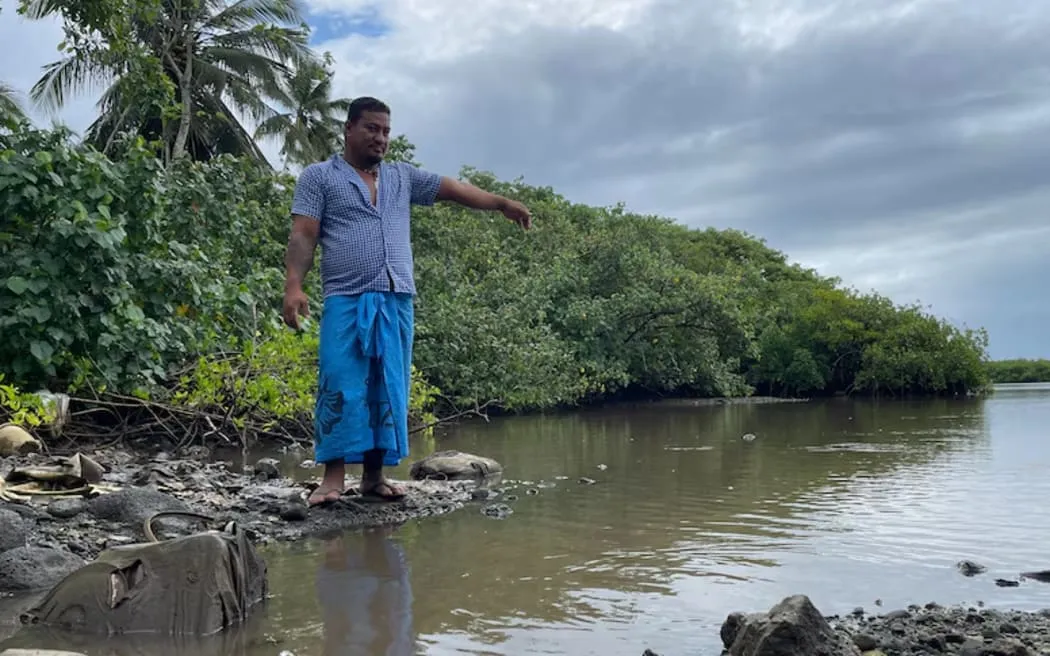The Sinking of the New Zealand Navy Ship Manawanui: A Story of Environmental Disaster and Government Neglect
The MV Manawanui, a New Zealand navy ship that sank in Samoa’s waters in December 2023, has left behind a trail of devastation and despair for the local communities affected by the disaster. The ship, which was carrying fuel and equipment, ran aground on a reef off the coast of Savai’i Island, causing widespread damage to the marine ecosystem.
The Response: A Mixed Bag
When news of the ship’s sinking broke, many assumed that the New Zealand government would spring into action to mitigate the environmental disaster and provide support to the affected communities. However, the response has been slow and inadequate, with the government initially downplaying the severity of the situation.
“It’s a human-made disaster,” said Tuia Pu’a Leota, a local resident who has lost his livelihood due to the ship’s sinking. “From the beginning there should have been some form of assistance to help us cope with the impacts.”
The New Zealand government has acknowledged that the ship was carrying fuel and equipment that could contaminate the marine ecosystem. However, its response has been focused on salvaging the vessel rather than addressing the environmental damage.
“The main fuel tanks accessible for assessment remain intact, and there is no evidence of any leaks from these,” said a spokesperson for the New Zealand government.
Despite the government’s assurances, local communities are adamant that they can still smell diesel and see it running ashore. The lack of transparency and accountability from the government has led to widespread frustration and anger among the affected communities.
A Call for Compensation
The sinking of the ship has also left many without a means of income. Fishing is a significant source of livelihood for many Samoan communities, but with the ban on fishing and swimming still in place, many are struggling to make ends meet.
“We have no means to get food or income,” said Tavita Pili, a local resident who has lost his livelihood due to the ship’s sinking. “We are deeply saddened … we are sad because it seems that we are being ignored.”
The Samoan government and local communities are now considering legal action against the New Zealand government for its handling of the disaster.
“Our voices are soft and our approach in regard to our mission is about being respectful,” said Tuia Pu’a Leota. “But if things remain the same, we will make a little noise because if we can’t make a little noise they won’t hear us.”
The New Zealand government has stated that it is committed to “doing the right thing” but has refused to comment on the calls for compensation or the future of the salvage operation.
Conclusion
The sinking of the MV Manawanui is a stark reminder of the devastating consequences of human neglect and environmental disaster. The lack of transparency and accountability from the New Zealand government has led to widespread frustration and anger among the affected communities.
As the situation continues to unfold, it remains to be seen whether the New Zealand government will take adequate steps to address the environmental damage and provide support to the affected communities. One thing is certain: the impact of this disaster will be felt for years to come.
In the words of Tuia Pu’a Leota, “We are humans and those things happen. But it’s how we respond that matters.”

0 Comments